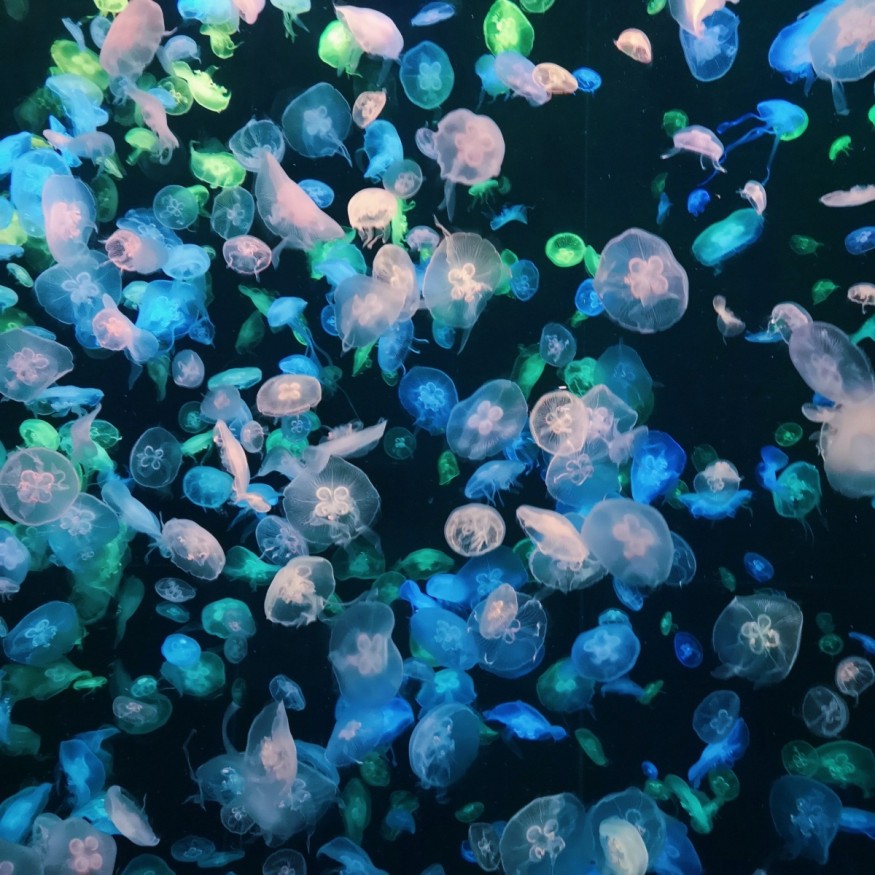When Tropical Storm Isaias swept through the United States, it resulted in millions of dollars of damage from floods, strong winds, and tornadoes. The storm also left 'sea lice' or jellyfish larvae at the coasts of eastern states from New Jersey to Florida and in the Caribbean Sea.
Aside from stormwater runoff, said Jeff Tittel of the New Jersey Sierra Club, "this is a direct result of...climate change" as well. As Isaias carried water nutrients to the shore, it also attracted sea lice alongside the warm summer waters.
Jellyfish larvae, or mini thimble jellyfish, commonly known as sea lice, are have been all over the coast of New Jersey after Isaias left. Local authorities have reported the presence of jellyfish larvae in Ocean City, Stone Harbor, and Avalon. People can't enjoy the beach this summer since the sea lice cause skin irritation and rashes.
The rash, also known as seabather's eruption, is a type of dermatitis. The larvae can stick to clothes, hair, and skin even after swimmers get out of the water.
Several remedies can help rid of the rashes such as calamine lotion or hydrocortisone cream. For more severe cases, doctors might prescribe anti-inflammatory medication or other antihistamines.
Climate Change Affects Sea Lice
Christine Thompson from Stockton University compared the sea lice size to a flake of pepper. "It's not likely that you know you've encountered them until you experience a rash," she explained. Sea lice are usually not problematic unless the entire body is covered, said Paul Bologna, a marine biologist from Montclair State University.
Climate change and water pollution have also contributed to the sea lice moving upshore. "Jellyfish are a warning signal that there are problems with both warm water and water quality and that things are going to get worse," explained Tittel. New Jersey's lack of dealing with fertilizer runoff, septic tank, and sewer pipe leakage is also causing problems.
"We must work to retrofit storm basins and restore watersheds, wetlands, and stress, and preserve environmentally sensitive areas. Otherwise," said Tittel, "we will continue to see more problems along the shore like sea lice."

READ MORE: Thousands of Pink Jellyfish Invade Philippines as Beaches Become Deserted Amid Coronavirus Pandemic
Jellyfish and Algal Blooms
Jellyfish populations can multiply in polluted waters because they can survive even with the lack of oxygen levels. They can also absorb up to 93 percent of excess heat in the oceans.
Moreover, humans have been overfishing turtles and sharks, which are natural predators of jellyfish. As a result, the various human activity is causing jellyfish blooms, who are highly adaptable to environmental changes.
Ocean waters also have increasing numbers of algal blooms due to excess carbon. As cyanobacteria consume nutrients in the water, they produce toxins that can be poisonous to marine life and humans.
People can also consume the toxins by eating fish or shellfish, or if water makes its way to irrigation systems for fruits and vegetables. The New Jersey Center for Water Science and Technology has recently reported algal blooms in recreation lakes all over the state as well.
READ NEXT: Multiple Toxins Found in Florida Waters
Check out more news and information on Natural Disasters on Science Times.










